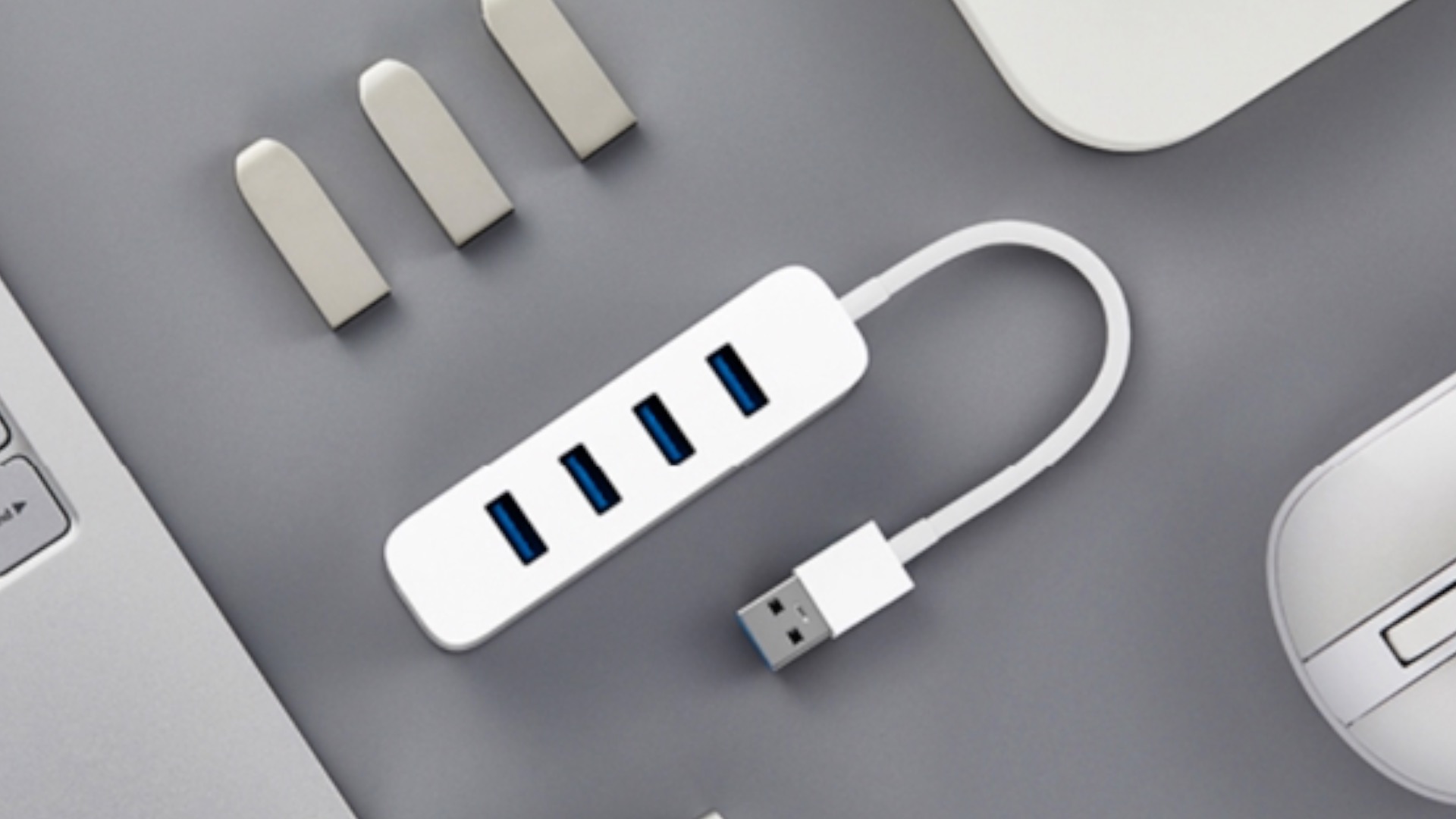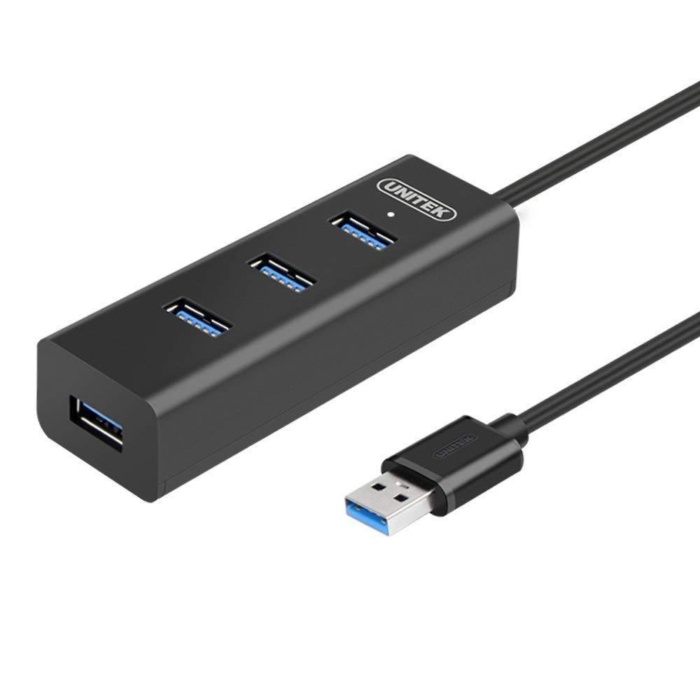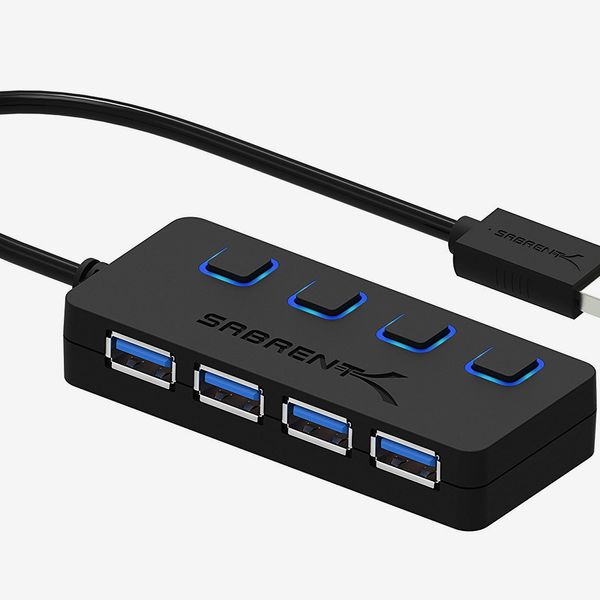USB hub

What is a USB hub
To
USB Hub refers to a device that can expand one USB interface into multiple and enable these interfaces to be used at the same time. USB HUB can be divided into USB2.0 HUB, USB3.0 HUB and USB3.1 HUB according to its USB protocol.
USB hub is also called USB Hub, a device that can expand one USB interface into multiple (usually 4) and enable these interfaces to be used at the same time. Plug one end into the computer case or other devices that are supplying power, and then plug the U disk, USB data cable, etc. into the hub.
In the early days, there were few USB ports on computer motherboards, which was not enough; or the industrial control host was far away from the desktop and needed to be switched. At this time, a USB hub (also called USB HUB) is needed to expand.
Many people have not used it before, and they must have seen the human-shaped USB hub shown below, which almost ruled the barbaric era of USB2.0 hubs. Not only the workmanship is rough, but also the quality is low, and the power supply is worrying. After a long time, it will have poor contact, or even fall off hands and feet.
The role of usb hub
To
This problem can be solved by using a USB hub to provide additional USB ports for your system. The USB hub expands the capabilities of the machine, allowing it to interact with multiple USB devices at the same time. It is a device that provides multiple USB ports and can communicate with your computer through a single USB connector.
By eliminating the need to change cables, USB hubs can improve work efficiency and access different peripheral devices. Regardless of the number of built-in USB ports in the machine, a USB hub can increase the number of devices you can support at the same time.
A USB hub can access different peripheral devices without changing cables, thereby improving work efficiency. Regardless of the number of built-in USB ports in the machine, a USB hub can increase the number of devices you can support at the same time.
Remote access to USB hub
After connecting all the peripherals to the USB hub, you may decide to access them remotely. You may have connected an external storage device that contains information needed by colleagues in another office. It is impossible for everyone to be physically close to the equipment they need to access.
Hubs and splitters are actually the same thing, that is, one USB port is expanded into multiple USB ports. At present, there are two kinds of hubs on the market: USB2.0 hub and USB3.0 hub. Among them, USB2.0 and USB3.0 actually refer to the standard USB transmission protocol. Different transmission protocols correspond to different bandwidths, that is, data transmission capabilities
Therefore, if the computer's interface is USB3.0, it is best to choose a USB3.0 hub, otherwise the read and write speed will be greatly reduced when the hard disk, U disk, etc. are connected. If the interface of the notebook is USB2.0, it makes no difference whether it is connected to a USB2.0 hub or a USB3.0 hub.
There is another situation that needs to be paid attention to when using a USB2.0 hub, that is, the load may be too high. The load capacity of the USB2.0 interface is only 500 mA. When the load of the external peripherals of the hub exceeds the maximum output power, the system will have the problem of "a USB device exceeds the power limit of its hub port". Therefore, if you choose a USB2.0 hub, it is best to choose a pd interface, which can additionally supply power to the peripherals connected to the hub. The load capacity of the USB3.0 interface is 900 mA, and under normal circumstances there will be no problem of insufficient power supply.
Some people wonder if the hub and docking station are the same thing. In fact, although the functions of the two are similar, the difference is quite big. The docking station has an independent chip processing, which has stronger expansion capability and higher stability, and can be used for display expansion, charging notebooks, etc.; while the hub itself still relies on the computer's south bridge chip for expansion, and it does not have a processing chip. , So it can only expand data transmission ports such as general USB interface and network port, and the stability is not as good as that of the docking station.
USB hubs for laptops
Thunderbolt 4 Dock
Docking Station
usb-c docking station